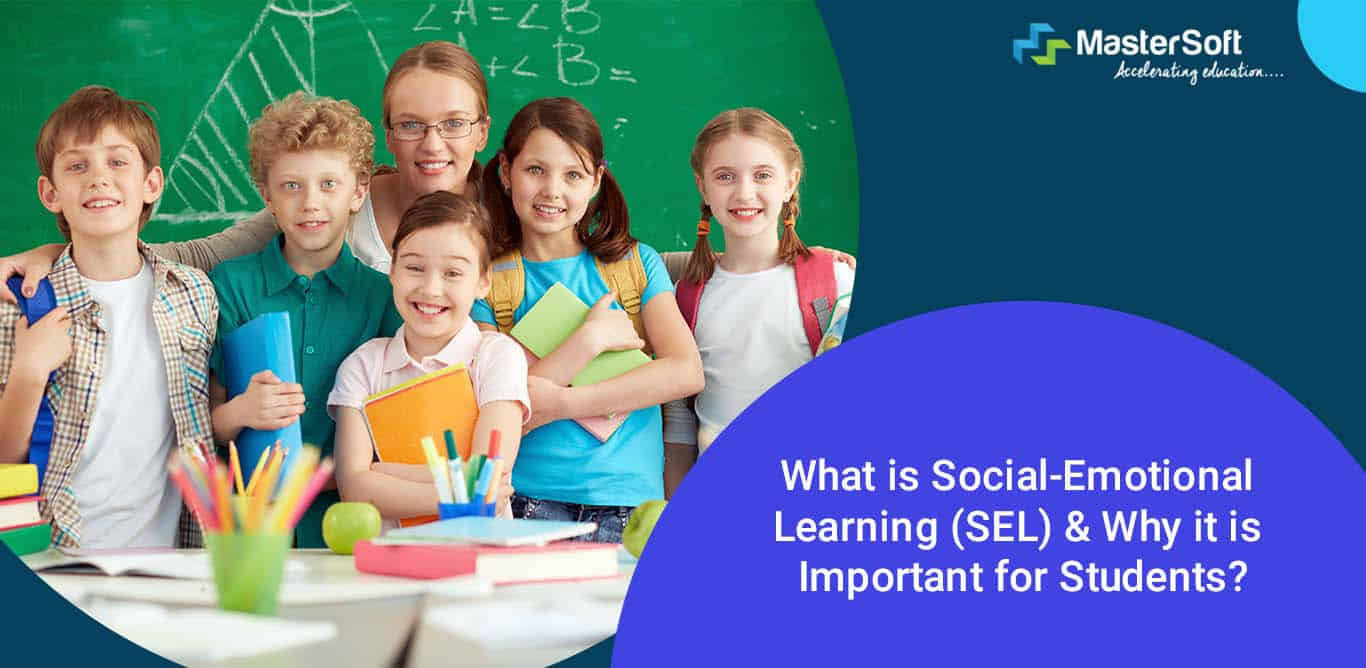
08, April 2022
E-learning has gained popularity in the past few years due to its ease and convenience for both teachers and learners. E-learning can be divided into two divisions, namely asynchronous learning and synchronous learning, each of which aligns with varied learner’s interests, learning styles, and personalities. Asynchronous learning is increasingly being preferred by universities and academic colleges as this learning can be done at any place and time.
What is Asynchronous Learning?
Asynchronous learning is referred to as a learner-centered approach which employs digital tools to facilitate the learner’s development outside the classroom. In this method, students have the liberty to decide how and when they engage in learning, enabling them to manage their own time without depending on a teacher. If multiple students are given the course content, they are not required to learn at the same time in the same classroom.
Here, students wouldn’t be getting feedback in real-time as they would in a face-to-face session. Feedback can still be received by assessments. Asynchronous learning content is generally digital and can be in various forms such as discussion boards, video lectures, and online courses. The mode of communication in this approach is carried out via chats, emails, and forums. So, in this method, an educator isn’t really required in the learning process. A smooth internet connection and browser is enough to carry out the e-learning process. There are various advantages of asynchronous learning over synchronous form of learning.
Benefits Of Asynchronous Learning
Some of the benefits of asynchronous learning are described as follows:
1. Affordability:
Asynchronous learning is cheaper than synchronous learning as there is no need for a live teacher to be present at all times. The teacher can record their lesson which enables any number of students to go through the course content at a later time. Also, it saves time when multiplied across different semesters if a lesson involves a large lecture component.
2. Flexibility:
Asynchronous learning is flexible as it offers the course content to be accessed at any time, as the students of a learning group may not be available at a fixed time. Thus, the students can complete their tasks at home and carry out other responsibilities without missing out on learning. This learning approach offers freedom to learn at a desired time and device as long as students are committed to taking out some time to learn until completion.
3. Flexible Location for Learning:
The absence of a common time factor makes the course to be accessible at different time zones in various locations across the globe. It enables them to be free from the geographic constraints. Learning through this method is global and is generally helpful for learners who have to travel a lot and are not available at a specific time and location.
4. Easy access to course content:
In asynchronous learning, students have better access to supplemental education materials. These materials enable students to widen their understanding of the topic. In a synchronous learning method, students have too many questions which can be left unanswered, if the lecture moves faster than the normal speed. But if the course is taken in an asynchronous manner, the learner can pause the lecture and get the required help by using discussion forums, hence clearing the doubt.
5. Wider social groups:
Asynchronous learning can help in expanding the horizon as students can meet different students across the globe via discussion forums or chats, without actually meeting them in person. Learning alongside other learners with different social and cultural backgrounds can help the students to see things from a different point of view, which can boost the understanding of the topic to a larger extent.
6. Scalable learning:
Asynchronous learning opens up a wide array of courses which can be received at a much larger scale than a synchronous course. Any number of students can go through the course content and participate in quizzes, online discussions, and online exams. This type of scale-up cannot be achieved in a traditional classroom.
7. Reinforcement of learning:
Students can reinforce key concepts via asynchronous learning. Learners can easily watch a lecture video many times, participate in discussions in online forms, and easily complete supplemental activities.
What Is LMS? Features And Benefits Of Learning Management System (LMS)
_v2.jpg)
Examples of Asynchronous Learning
With implementation of technology and design in the education sector, asynchronous learning has become a more suitable learning method for learners. Below are some of the asynchronous learning examples:
1. Videos:
Videos are one of the key examples for facilitating asynchronous learning. The combination of audio and visual cues improves a learner’s overall learning experience. It further enables the student to pause and rewind as required, thus giving them more control over their learning pace.
2. E-learning courses:
Online courses which are carefully designed, can replace classroom training, particularly in scenarios where the learners have busy work schedules and have multiple tasks, thus helping in completing the course at their comfort.
3. Recorded lectures:
Recorded lectures are an ideal way for learners to get accustomed to their teachers without meeting them in person. These pre-recorded courses improve learning as well as offer a sense of teacher-student familiarity.
4. Performance Support Aids:
Asynchronous learning makes use of performance support aids such as how-to guides, PDFs, checklists, and curated links, which assists the students to easily revisit the topics they need to revise.
5. Digital Library:
Digital library consists of an online collection of video and audio files, e-books, and courses to enable students to access the learning content of their choice at their desired time.
6. Blogs:
Blogging encourages students to express their thoughts on a topic as well as boosts the learning from a different point of view.
7. Presentations:
While students aren’t meeting in person, they can still give presentations online and can discuss the course content with their peers.
8. Simulations:
Multimedia simulations and animated video clips keep learners engaged as well as help in illustrating complex topics more effectively.
9. Tests & quizzes:
In synchronous learning feedback is not as immediate as it is in synchronous learning. Although it offers regular and consistent feedback which helps the students in assessment. For example, scored tests gives the students a clarity of where they stand in the particular subject.
10. Discussion board:
Teachers can make use of discussion boards, which can be embedded within the learning management system, to effectively engage with their students as well as promote interaction between the students.
With the COVID-19 pandemic which led to the shutdown of schools, asynchronous form of learning witnessed strong preference among students as a suitable learning method. Learning management systems with asynchronous learning tools were employed for better learning outcomes. Asynchronous learning can further be combined with synchronous learning approaches as schools have opened up, thus can offer a mix of both worlds. A blended learning approach can help in catering to a broad range of learning requirements. By maintaining a healthy balance between asynchronous and synchronous learning methods, learners can upskill easily in today’s world. MasterSoft, a renowned ERP solutions provider, can help in effectively implementing an asynchronous learning approach, thus helping in redefining e-learning education.
Start your e-learning journey today with MasterSoft!
Mobile: 08448010216
Email:info@mastersofterp.com










_v2.jpg)

